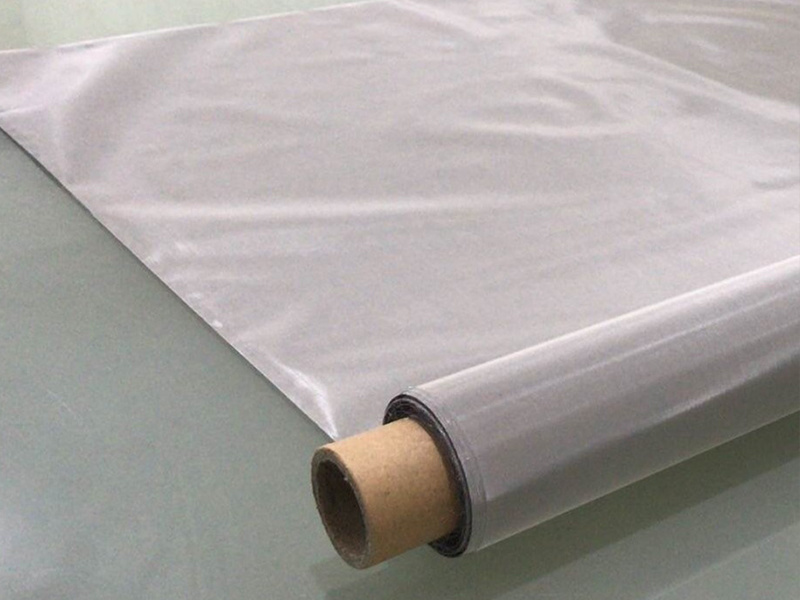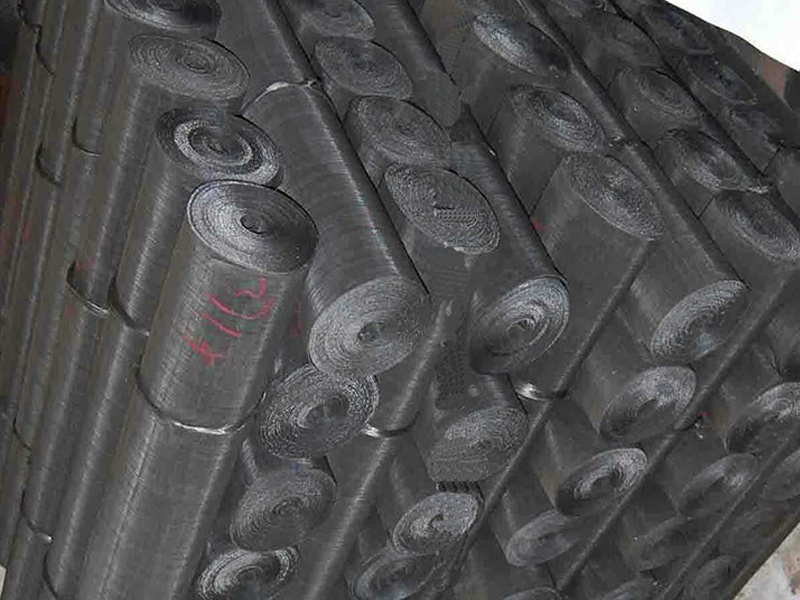How to enhance the surface treatment and coating protection of stainless steel grating?
Release time:
2025-03-26
Electrochemical polishing Principle: Using electrochemical principles, a dense oxide film is formed on the surface of the stainless steel grating, improving surface smoothness and corrosion resistance.
I. Surface Treatment Technology
Electrochemical Polishing
Principle: Using electrochemical principles, a dense oxide film is formed on the surface of the stainless steel grating, improving the surface smoothness and corrosion resistance.
Advantages: After treatment, the surface is bright and smooth, effectively improving the overall aesthetics and corrosion resistance of the stainless steel grating.
Pickling Passivation
Principle: Remove scale, rust and other impurities from the surface of the stainless steel grating by pickling, and then passivate to form a protective film.
Advantages: The treated surface shows a matte grayish-white color, and the corrosion resistance is enhanced.
Sandblasting Treatment
Principle: Using high-speed sprayed sand particles to impact the surface of the stainless steel grating, removing surface dirt and oxide layer, while increasing the surface roughness.
Advantages: Improves the bonding force between the coating and the substrate, and enhances the adhesion of the coating.
Film Coating Treatment
Principle: Coating a layer of metal or non-metal film on the surface of the stainless steel grating to change its surface color, gloss and texture.
Advantages: Makes the stainless steel grating present different colors and gloss, while improving its corrosion resistance and aesthetics. Common coating methods include chrome plating and nickel plating.
II. Coating Protection Technology
Selection of Suitable Coating Materials
Select appropriate coating materials and coating processes according to the use environment and requirements. For example, epoxy zinc-rich primer contains a large amount of zinc powder, which can provide cathodic protection and is suitable for use as an anti-rust primer; acrylic polyurethane topcoat has good weather resistance, chemical corrosion resistance and wear resistance, and is suitable for use as a topcoat.
Increase Coating Thickness
Coating thickness is one of the key factors affecting the corrosion resistance of the coating. During the coating construction process, the coating thickness should be controlled to ensure the coating quality. Increasing the coating thickness can extend the corrosion resistance period of the coating.
Coating Construction Quality Control
Before painting, the surface of the stainless steel grating should be cleaned and pre-treated to remove oil stains, rust and other impurities.
When using spraying or brushing methods, ensure that there is sufficient drying time between each layer of paint to avoid cracking and peeling of the coating.
The ambient temperature and humidity during painting should also be controlled within a suitable range to ensure the quality of the paint film.
Regular Inspection and Maintenance
Regularly inspect the coating of the stainless steel grating and promptly find and deal with coating damage and peeling.
For damaged coatings, repairs and maintenance should be carried out in time to prevent further corrosion from spreading and intensifying.
In summary, strengthening the surface treatment and coating protection of stainless steel gratings requires a multi-faceted approach, including selecting appropriate surface treatment technologies, coating materials, controlling coating construction quality, and regular inspection and maintenance. Through the comprehensive application of these measures, the corrosion resistance and service life of stainless steel gratings can be effectively improved.
You can also learn more about industry trends
2025-03-12
Applications of seat-type nets
2025-03-12
Material and weaving method of stainless steel filter mesh
2025-03-12
Applications of stainless steel filter mesh
2025-03-12
Main characteristics of stainless steel filter mesh









